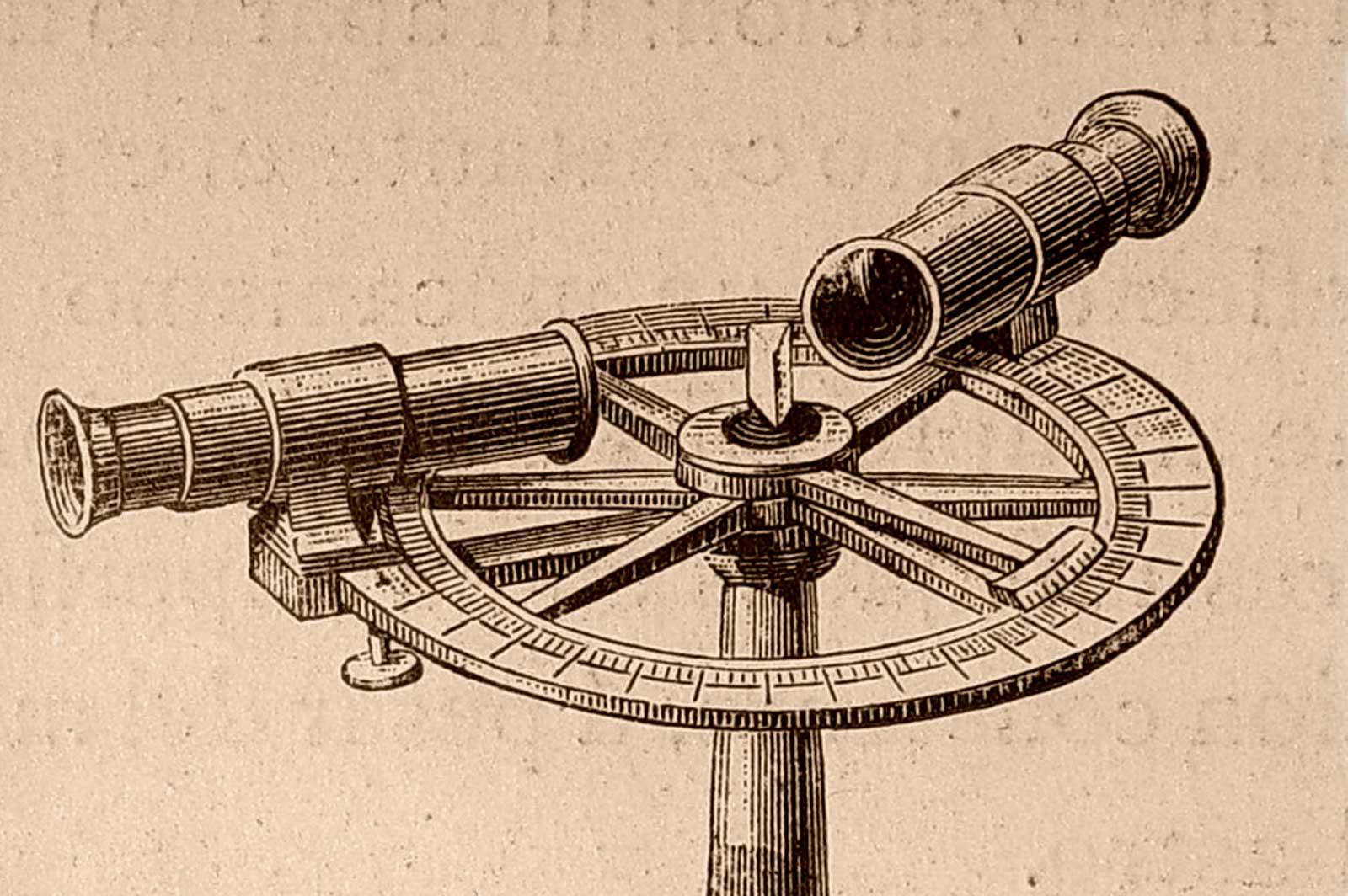You have an idea for a web design and development engagement that will have a major impact on your business. Instead of diving into design and development, it’s important to understand exactly what problems it addresses, who the audience is, and whether the proposed solution adds real value. A discovery phase bridges the gap between concept and implementation and defines success.
What are the benefits of a Discovery and Visioning First Approach?
Reduce risk by increasing understanding
No two projects are ever identical. Different teams, different requirements, different technologies, different audiences. In agile practices, the concept of a “cone of uncertainty” captures what experienced user experience designers know to be true: the least we will ever know about a project is on the front side of the cone. As time passes and we learn more, we can narrow our estimates and provide greater accuracy.

Tighter Estimates, Better Budgets
Reducing risk by first increasing understanding is the key to success. Common risk factors include the timeline and budget projections. For many clients, budgets are typically set upfront, and going back to the board or CFO for additional funds later on is often out of the question. Discovery phases help define requirements and estimates.
Definitive recommendations on approach, strategy, and timeframes
For some engagements, a discovery phase helps define a strategic approach. Commonly, at larger scales gaining clarity with the equivalent of a “situation report” helps get stakeholders aligned. We are fans of John Kotter’s “Leading Change” and believe that success or failure can hinge on building a clear sense of urgency and a coalition for change. Discovery can serve the purpose of extracting from stakeholders the reason for change so that it can be articulated to decision-makers. Especially when the stakes are high, costs are high, and discovery is vital. If the following effort could impact business-critical digital capabilities, discovery can help build a vision and plan and create a decision-making framework for later hugely consequential choices like which Digital Experience Platform (DXP) or which Association Management System will best serve the future of an organization.
11 Ways Discovery First Works
- Make a well-informed decision for their CMS platform, choosing a system that fits the needs of the organization without any guesswork.
- Understand and Define Engagement Goals and Vision
- Conduct User (Audience) Research and Discovery (learn what matters to your core audience)
- Opportunity to leverage data in decision-making and engagement strategy
- Understand a broader context and provide more precise guidance
- Get a second and outside opinion on what can at times be an internally focused process
- Leave Discovery with Prioritized initiatives (counterbalance “shopping while hungry”)
- Establish a roadmap with quick wins to build momentum
- Build trust between Partners
- Establish behavioral, attitudinal (sentiment), qualitative, and quantitative user research
- Develop a Scope of Work based on Discovery which will include estimates with less variance based on a better understanding





